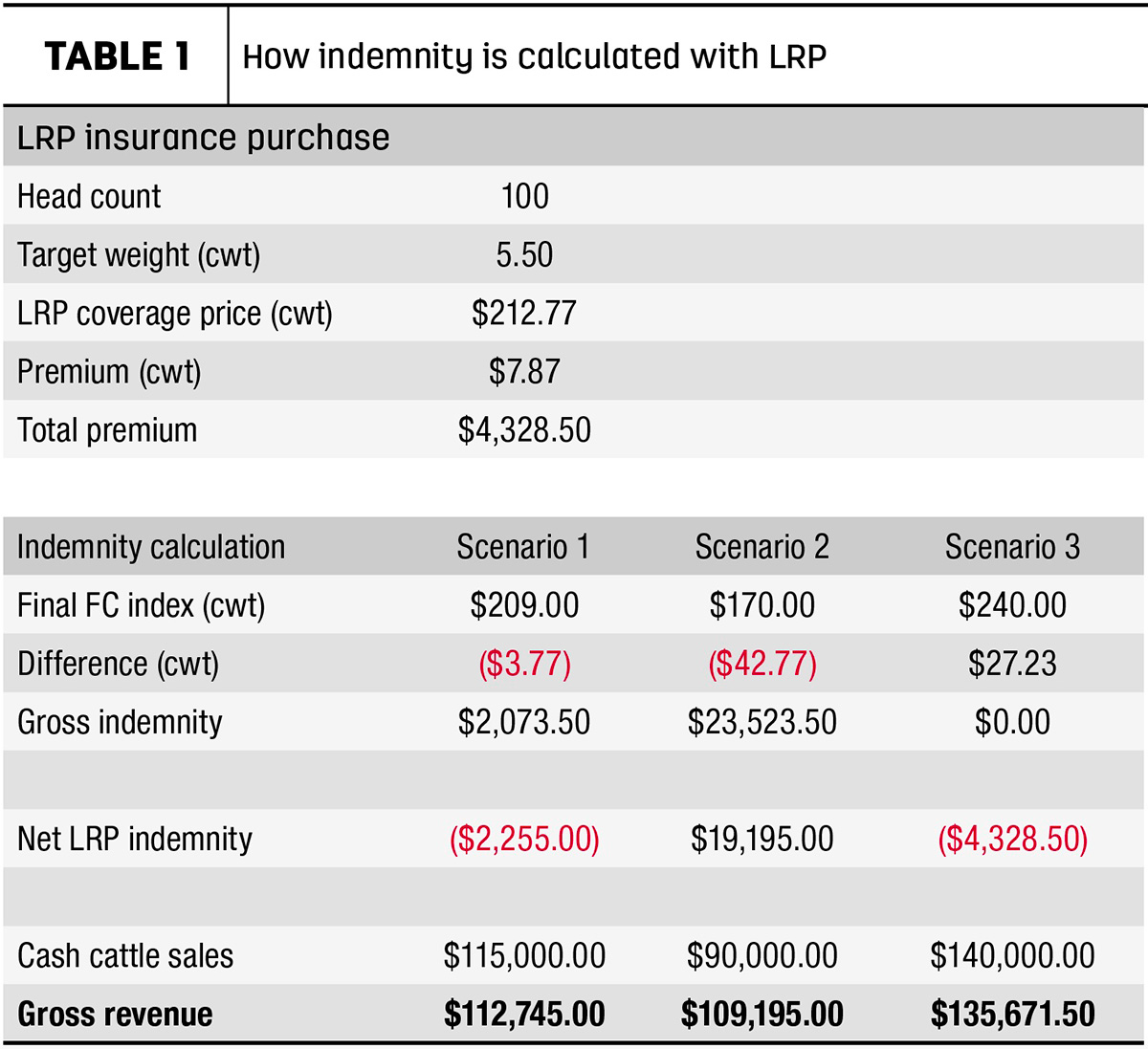Empower Your Business: Bagley Risk Management Insights
Empower Your Business: Bagley Risk Management Insights
Blog Article
Comprehending Animals Risk Security (LRP) Insurance Policy: A Comprehensive Overview
Navigating the realm of livestock threat security (LRP) insurance policy can be an intricate venture for many in the farming market. This kind of insurance policy uses a safety net versus market variations and unanticipated circumstances that might impact livestock producers. By understanding the complexities of LRP insurance coverage, manufacturers can make educated decisions that may safeguard their operations from monetary dangers. From how LRP insurance coverage functions to the various insurance coverage options available, there is much to discover in this thorough overview that could potentially form the way livestock manufacturers come close to threat monitoring in their organizations.

Exactly How LRP Insurance Policy Functions
Periodically, comprehending the mechanics of Livestock Risk Defense (LRP) insurance can be complicated, however breaking down how it works can provide quality for herdsmans and farmers. LRP insurance policy is a risk monitoring device created to protect livestock manufacturers against unanticipated price decreases. It's important to note that LRP insurance coverage is not a profits guarantee; rather, it focuses solely on price risk security.
Qualification and Protection Options

When it comes to insurance coverage choices, LRP insurance policy provides producers the flexibility to select the coverage level, insurance coverage duration, and recommendations that ideal suit their danger administration needs. By comprehending the eligibility requirements and coverage alternatives offered, animals producers can make informed choices to manage danger efficiently.
Pros and Cons of LRP Insurance Policy
When reviewing Livestock Threat Protection (LRP) insurance, it is important for animals producers to consider the drawbacks and benefits fundamental in this threat management device.

One of the primary benefits of LRP insurance coverage is its capacity to offer protection against a decline in livestock prices. Furthermore, LRP insurance supplies a degree of flexibility, allowing manufacturers to customize insurance coverage degrees and policy periods to fit their particular needs.
Nonetheless, there are likewise some downsides to consider. One restriction of LRP insurance is that it does not secure against all kinds of risks, such as condition break outs or all-natural catastrophes. Premiums can often be costly, specifically for manufacturers with huge animals herds. It is important for producers to thoroughly assess their specific danger direct exposure and economic situation to establish if LRP insurance coverage is the right risk management device for their procedure.
Recognizing LRP Insurance Coverage Premiums

Tips for Making The Most Of LRP Benefits
Optimizing the advantages of Animals Threat Defense (LRP) insurance policy calls for calculated preparation and proactive danger monitoring - Bagley Risk Management. To take advantage of your LRP protection, consider the adhering to ideas:
Regularly Analyze Market Conditions: Keep notified concerning market trends and cost fluctuations in the animals market. By monitoring sites these variables, you can make educated decisions about when to buy LRP insurance coverage to secure versus prospective losses.
Set Realistic Insurance Coverage Levels: When selecting protection degrees, consider your manufacturing expenses, market worth of livestock, and prospective dangers - Bagley Risk Management. Establishing sensible coverage degrees guarantees that you are sufficiently shielded without overpaying for unneeded insurance
Diversify Your Insurance Coverage: Rather than depending only on LRP insurance policy, consider diversifying your danger management methods. Combining LRP with other risk monitoring tools such as futures contracts or choices can supply comprehensive protection versus market uncertainties.
Evaluation and Change Coverage Regularly: As market conditions transform, periodically examine your LRP coverage to guarantee it straightens with your current risk direct exposure. Readjusting coverage check out here levels and timing of purchases can aid enhance your danger security strategy. By complying with these tips, you can optimize the benefits of LRP insurance policy and secure your animals operation versus unexpected dangers.
Verdict
In conclusion, livestock risk security (LRP) insurance is a useful tool for farmers to manage the economic threats linked with their animals operations. By recognizing exactly how LRP functions, eligibility and insurance coverage options, in addition to the advantages and disadvantages of this insurance, farmers can make educated decisions to secure their source of incomes. By thoroughly considering LRP costs and carrying out techniques to maximize advantages, farmers can mitigate possible losses and make certain the sustainability of their operations.
Animals manufacturers interested in acquiring Animals Risk Security (LRP) insurance policy can explore a range of eligibility standards and protection alternatives tailored to their particular animals procedures.When it comes to coverage options, LRP insurance provides manufacturers the flexibility to choose the coverage level, coverage duration, and recommendations that ideal fit their threat management demands.To comprehend the details of Livestock Danger Protection (LRP) insurance coverage fully, understanding the aspects influencing LRP insurance costs is vital. LRP insurance costs are identified by different aspects, consisting of the protection degree selected, the expected price of animals at the end of the protection period, the kind of animals being insured, and the size of the insurance coverage duration.Testimonial and Adjust Coverage Consistently: As market problems alter, occasionally assess your LRP coverage to guarantee it lines up with your current risk exposure.
Report this page